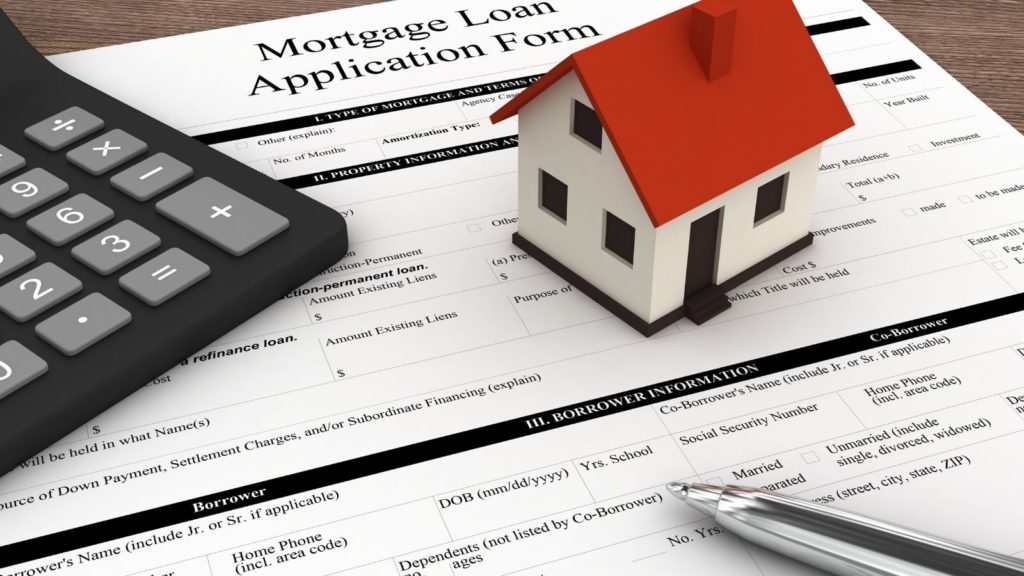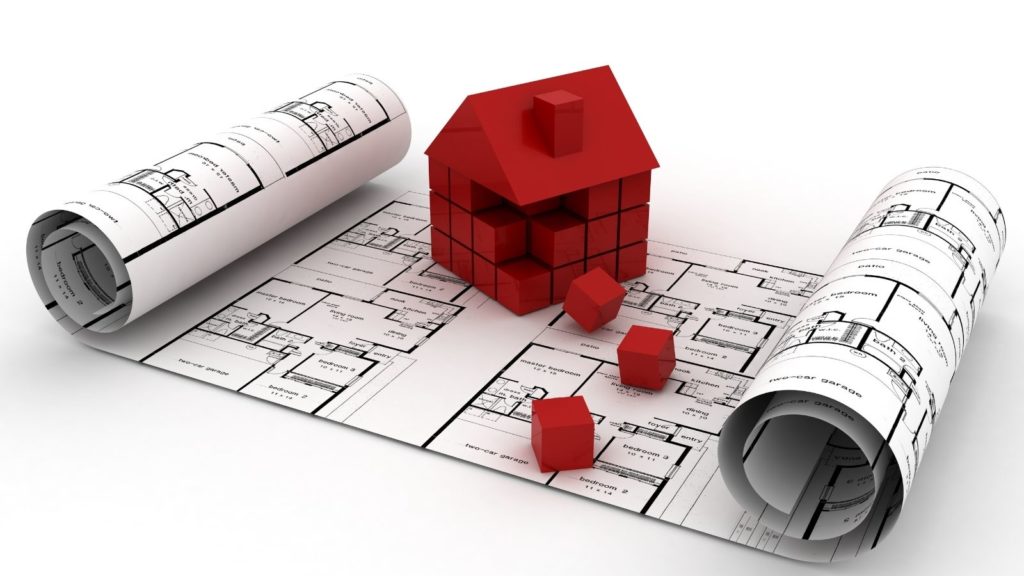If you’re thinking of buying your first home, you may have already started scoping properties out online. However, house-hunting is not the first step in the journey to homeownership. There are other matters you need to tend to first to avoid falling in love with a house that you can’t buy. Here are the six steps to buying.
Step One: Money Matters
To buy a house with a home mortgage loan, you’ll need a down payment. With a conventional loan, which is the most common type, you’ll be responsible for about 20 percent of the sales price, in cash, on the day of closing.
If you apply for an FHA loan, a VA loan, or a USDA loan, which are all insured by the federal government, you may have a lower down payment and potentially lower requirements.
When you submit an offer on a house you love, you’ll submit with it an earnest money deposit, which is usually between one and three percent of the amount of the sales price. This, too, is a cash payment.

Another healthy chunk of change you’ll need on closing day is your closing costs, which run between three and eight percent of the home’s value. Closing costs cover things like the lender fees, appraisal, inspection, escrow agent, property taxes, homeowner’s insurance, and more.
Closing costs are not generally included in a. home mortgage loan, although there are exceptions.
Step Two: The Numbers Game
Your credit score, debt-to-income ratio, and work history are major players in whether or not you’ll qualify for a home mortgage loan.
In regard to employment, a lender wants to feel secure in knowing that you’ve held the same job for at least two years. This lets the lender know that your income is likely secure. For this reason, it’s important not to change jobs prior to applying for a home loan if it can be helped.
Your credit score to buy a house should be 620 or higher. With a score of 750 or more, you can get approved faster and perhaps at lower interest rates.
The debt-to-income ratio is measured by adding your debt together and dividing that number by your gross income. For best results, this number should be 36 percent or lower, 43 percent at most.
To improve your credit score and DTI, pay down credit cards, loans, and other debts, but don’t close those accounts. Leave them open with a balance as close to zero as possible.
Be prepared to supply documentation for all of your bank accounts, pay stubs, tax documents, credit card statements, student loans, and any other come or debt you have.
Step Three: Get a Good Agent
When you’re financially prepared to apply for your home mortgage loan, find your real estate agent first. An experienced agent will have referrals for you, including potential lenders.

Your agent will also help you refine your wish list to align with your budget, will find homes that match your criteria, will aid in drafting a compelling offer, negotiate for you, and guide you through the complicated closing process.
Step Four: Pre-Approval for Your Home Mortgage Loan
The most critical step to take before you look for houses to buy is getting pre-approved for your home mortgage loan.
Getting a home loan takes time. It’s not a quick or easy process. By getting the paperwork out of the way upfront, you’ll be able to offer a seller a quick close because you’re already empowered to buy.
Pre-approval clearly defines your home-buying budget. You’ll know exactly what you have to spend so you can shop in the right price point.
Another benefit of getting pre-approved is that a seller is more likely to select an offer from a buyer who has already completed the lengthy loan application process, and it gives them the security of knowing that you’ve already got funding to support your offer.
| Owings Mills | Pikesville | Columbia |
| Waldorf | Upper Marlboro |
Step Five: Shopping for Your Dream Home
Now that you’ve got all of the technicalities out of the way, it’s time to get to the fun part, which is exploring properties. If this is your first home, you may need to start small and leave yourself room to grow.

To save money, try to look past cosmetic issues like off-putting paint colors or stained carpets. Those are easy fixes, and you may be able to negotiate a lower price with the seller to accommodate those upgrades.
Step Six: The Closing Process
Once you’ve submitted an offer and the seller has accepted, the house you’re buying will need to go through an appraisal and inspection as required by the lender. During this time, there will also be a title check to make sure there’s no legal reason the house can’t be sold, such as if it has any liens.
Don’t sink your whole heart into the property just yet – if it doesn’t pass appraisal or inspection, you may have to re-negotiate with the seller or let the deal go if you can’t come to an agreement. However, once you’re on the other side of those processes, the deal is all but done, and you can celebrate the wins.
You’ll have quite a few documents to sign, but many of those can now be signed digitally.
You may also have the closing meeting virtually, depending on the circumstance.
Conclusion
Buying a house is complicated. If you fall in love with a house for sale before you’ve done the prep work, you could find yourself feeling devastated. Instead, make sure your money and numbers are in order.

If you need to make any repairs to your credit report or debt-to-income ratio, do so before you seek pre-approval for your home mortgage loan. Work with a qualified real estate agent and be patient through the closing process. Then, you can collect your keys and step into your new role as a homeowner.
Talk with your real estate agent and ask any questions you may have about the steps it takes to buy your first home.
Have Questions? Ask Tomeka!
Give Tomeka Givens a call at (443) 845-1137 to learn more about local areas, discuss selling a house, or tour available homes for sale.




